An Introduction Guide to Street Photography
Street photography is very different than your ordinary day to day portraits. What makes it different? What should you be looking for? Where should you shoot? Here are some tips to get you started in exploring the amazing world of street photography.
So, what is street photography?
Street photography is the art of capturing candid images out in public. The goal is to get photos of emotions and feelings in settings that display realism because of the settings and culture shown in the scene.
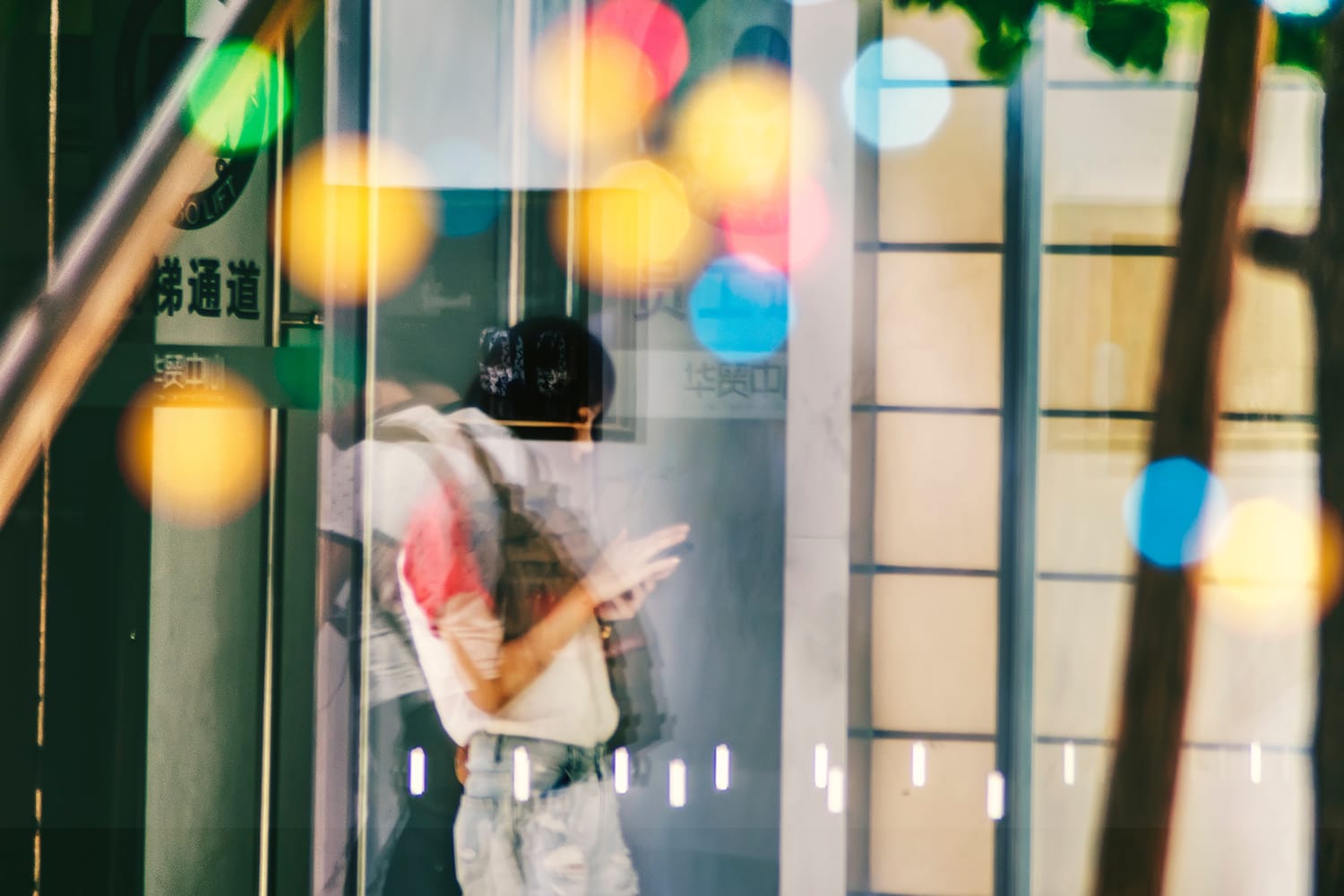
Unlike planned portrait photos, street photography requires you to be prepared to take spontaneous un-planned shots of random people in their natural day to day environments without them being aware of you doing so. A staged, posed, and set-up shot is not considered street photography because it lacks realism and raw emotion.
Where do I go for street photography?
When deciding the best places to go to do street photography, think of places that have a variety of people passing through. This does not necessarily have to be a busy city street. Tourist attractions, a park, or even more secluded areas such as walking trails can give you plenty of street photography opportunities.
Outdoor concerts or other events that attract a large crowd of people out in public are good options as well.
While choosing locations that are crowded are great choices, you can also aim for more intimate settings, as long as they are public. You could shoot from outside into a restaurant window to capture a couple deep in conversation over dinner, for example.
What to look for?
Once you have scouted out your location and are ready to start shooting, you need to stay aware of your surroundings and the people in it. This requires patience and you staying very observant.
Find a spot, get your settings right, and wait for the perfect photo opportunities. Remember, you aren’t creating the perfect moment, you are letting the perfect moment come to you and then capturing it in an instant.
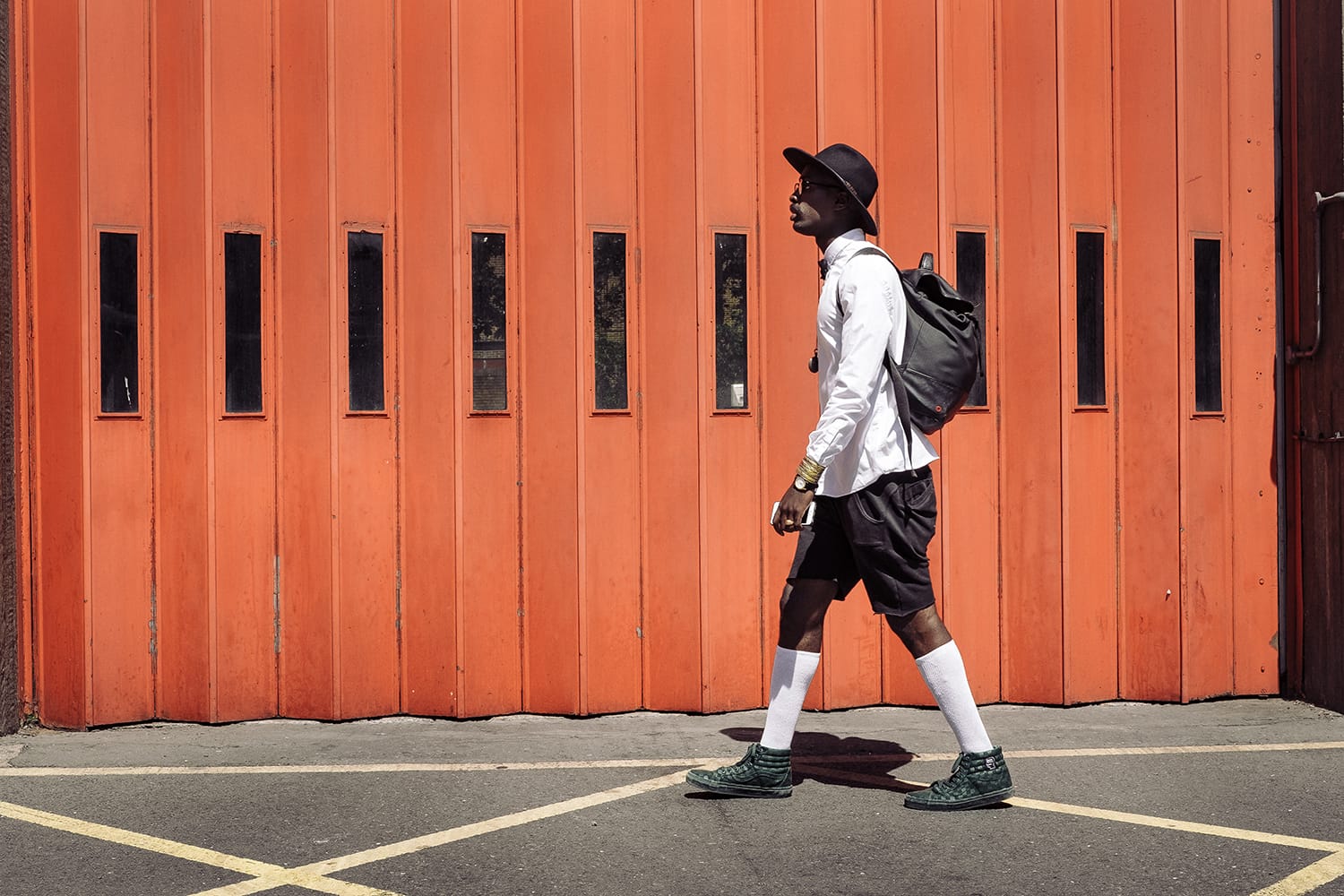
Look for moments that show feelings, emotions, and realism. A moment between a mother consoling a child, a gentleman rushing to his office with a look of panic on his face, or an older man sitting on a bench with the look of loneliness on his face are all great examples.
Some situations require you to put emphasis on just the subject and their expressions. Some don’t even require their face in the frame, such as them holding something in their hand that tells a story. Detail shots can be just as compelling when it comes to street photography.
Other times the scenery is necessary in telling the story. So instead of avoiding objects that you typically would, such as a traffic light or fire hydrant, include them in the photo if it helps to set the scene and get the point across you are trying to achieve. Which, is the case in most street photography.
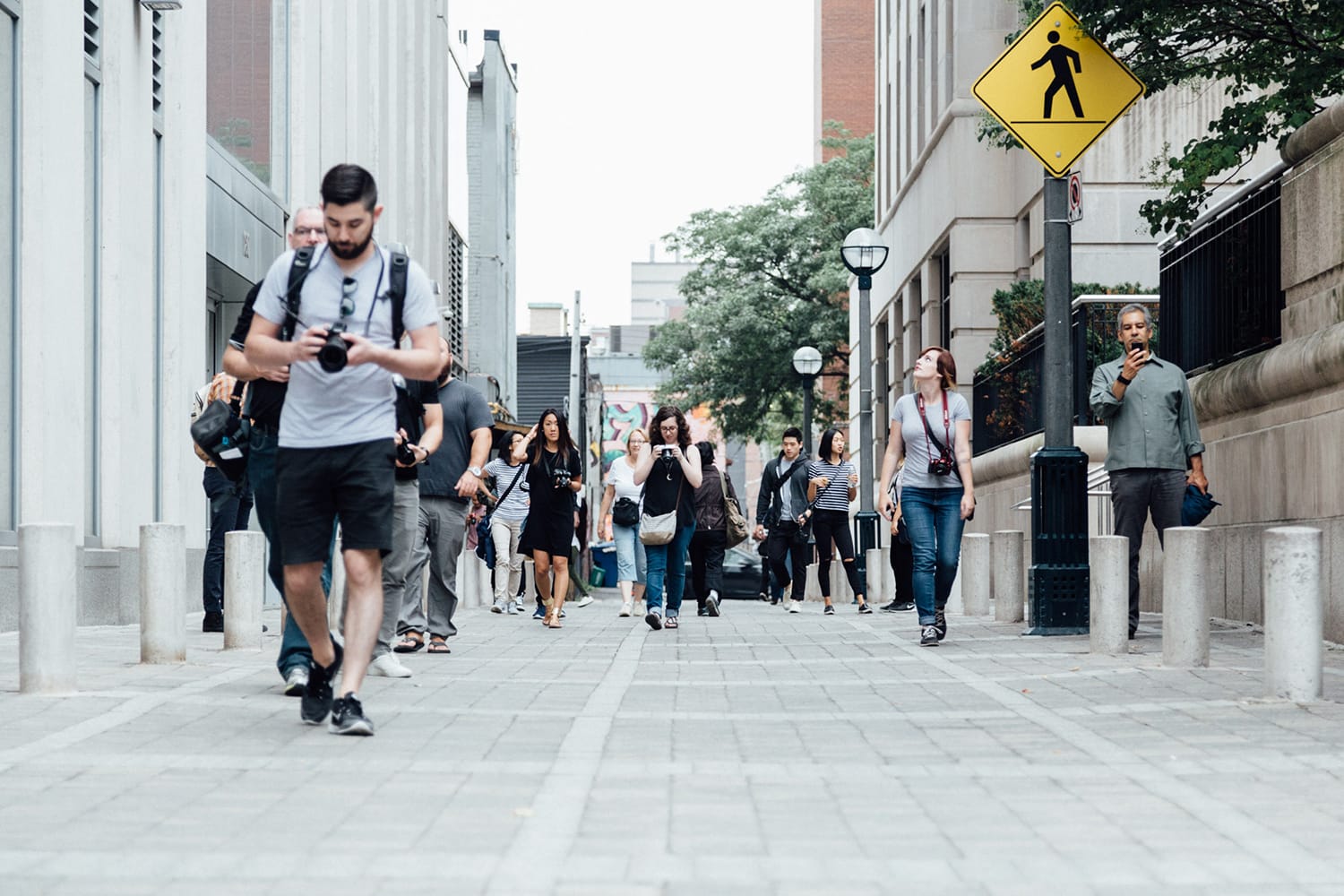
What gear should I use?
Street photography requires you to be discreet. When you are shooting random candid images of strangers without them being aware you don’t want to make them uncomfortable by getting up close and personal. So try to keep your gear light for ease in moving around without being noticed.
A zoom lens is a bit larger and noticeable, but it does give you the ability to shoot from a distance without being too intrusive. A flash is typically not necessary. For starters, firing a flash will draw more attention to you. Not only that, the natural lighting of the scene can help to evoke the raw emotion and feelings you are capturing as you see them.
Rather than putting so much emphasis on the perfect exposure settings, keep your focus on the task at hand, telling a story in your images that are true to the moment.
Settings
As always, your camera settings will vary from place to place and depending on the situation.
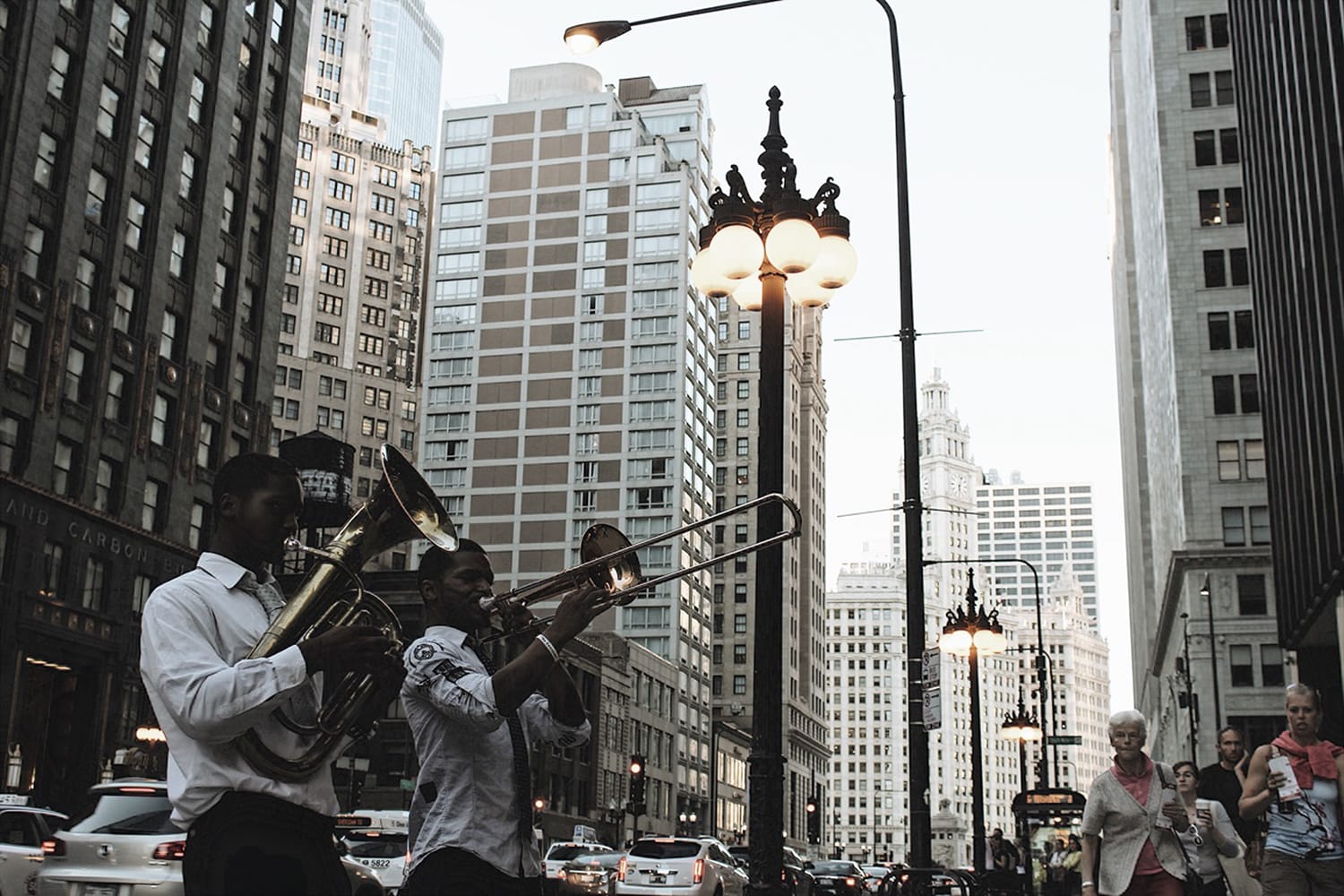
Rather than going for that blurry background and shallow depth of field that we tend to aim for in portrait photography, shoot with smaller (higher number f/stops) to allow more of the scene to be sharp and in focus. The scene can make a huge impact on the overall outcome of the image.
Keep in mind that when you are shooting street photography that you can’t control the position and pose of the subject(s). Consider using a fast shutter speed to avoid motion blur when capturing people walking or moving around.
Shooting with smaller apertures and faster shutter speeds will mean you may need to bump your ISO up higher than usual to compensate for the other settings when it comes to overall exposure.
Is it legal?
Capturing images of strangers without their permission is legal in many countries, states, and regions as long as it is in a public place. Depending on the laws where you live, you may even be allowed to use the images as illustrations for books, magazines, etc.
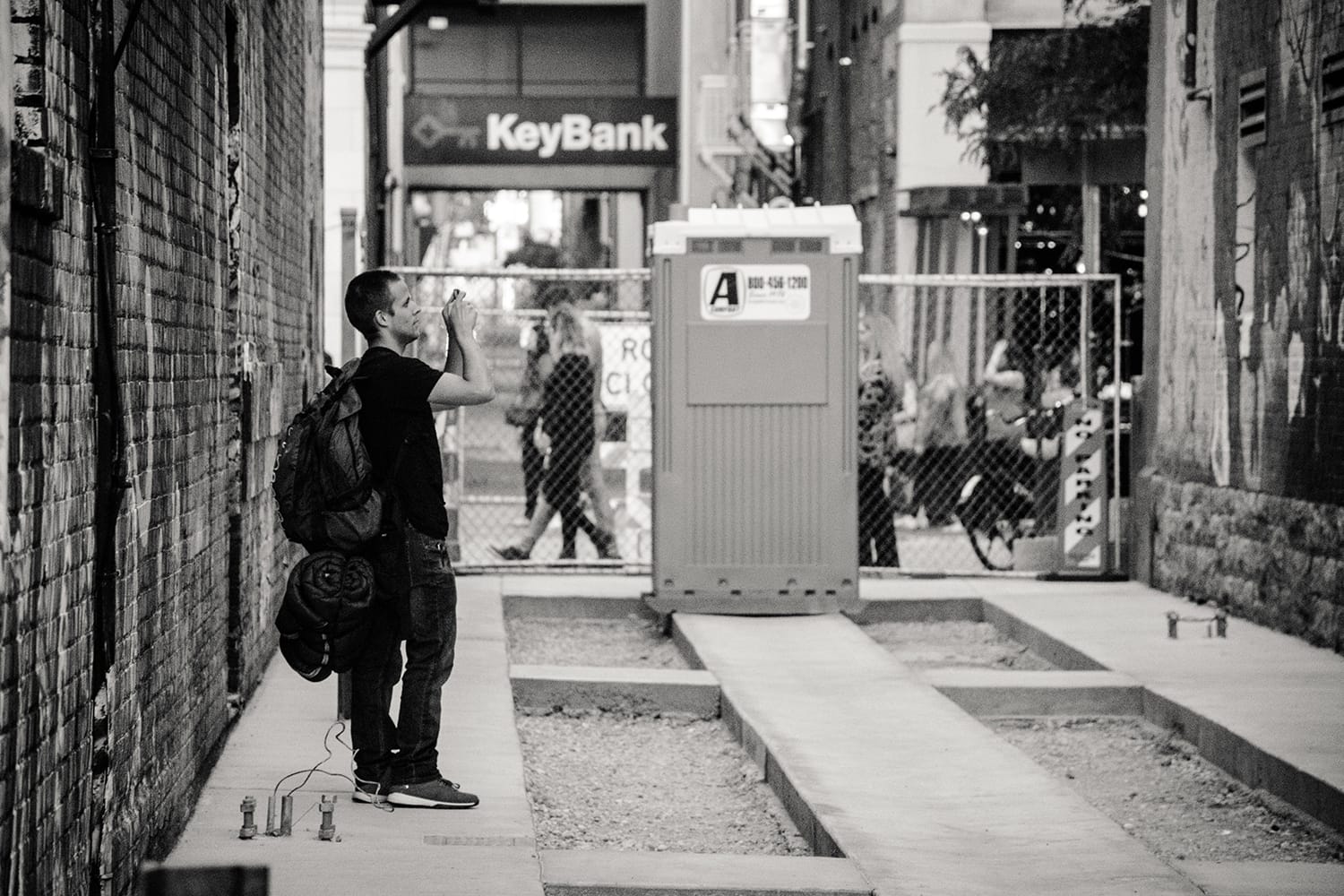
However, you can not use someone else in your photos for commercial use, to promote a product, or for financial gain. In this case, you would need to have them sign a release giving you permission. Make sure you’re familiar with the laws in your country, state, or province to ensure you abide by the rules.
Street photography can be intimidating for many photographers, even the most experienced. It requires you to be discreet and avoid being invasive with complete strangers. But if you know the right place to be, how to avoid being obvious, and your legal rights, you can take advantage of people just going about their every day lives leaving you with images that tell a story and display realism and raw emotion.
